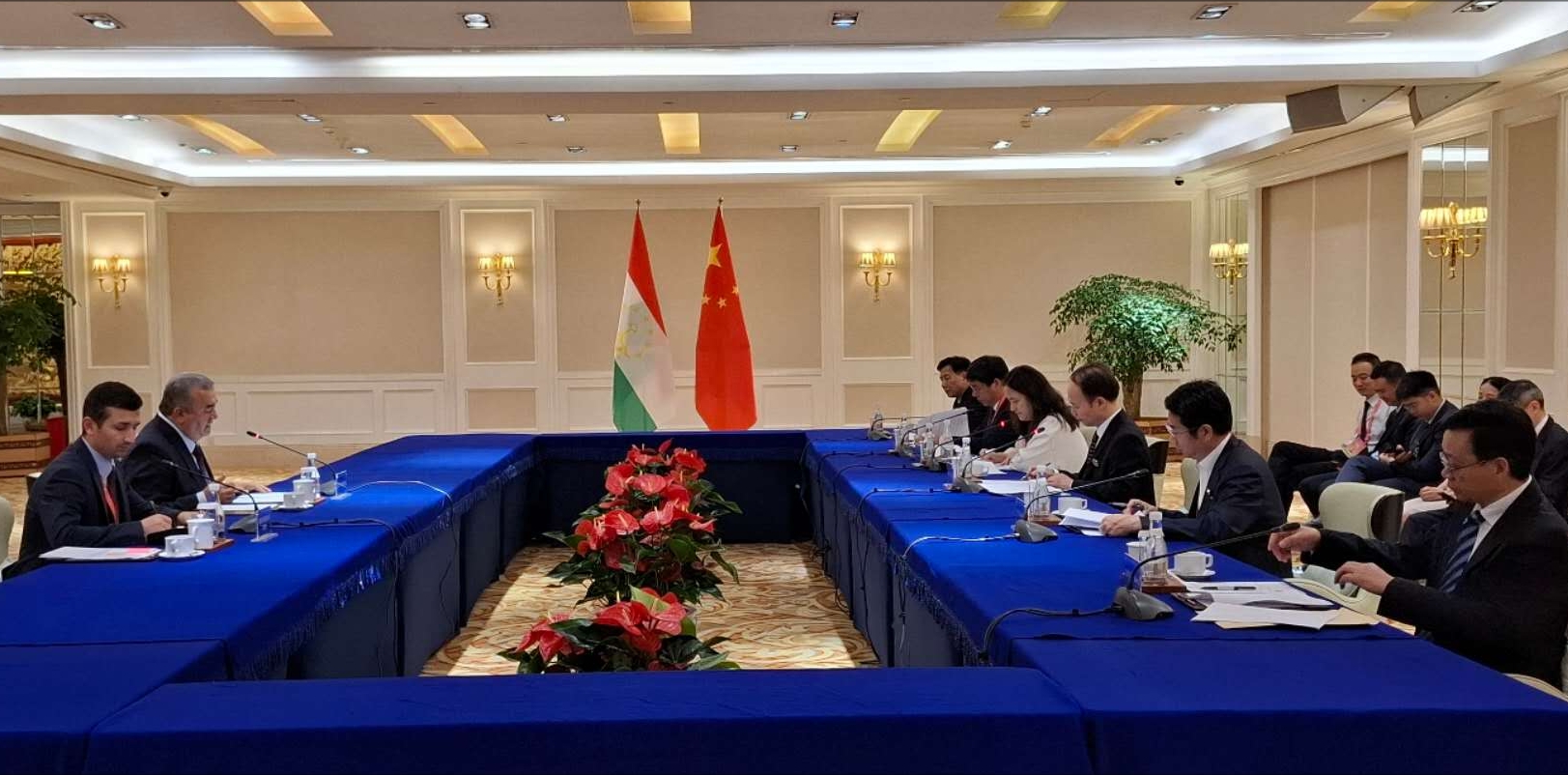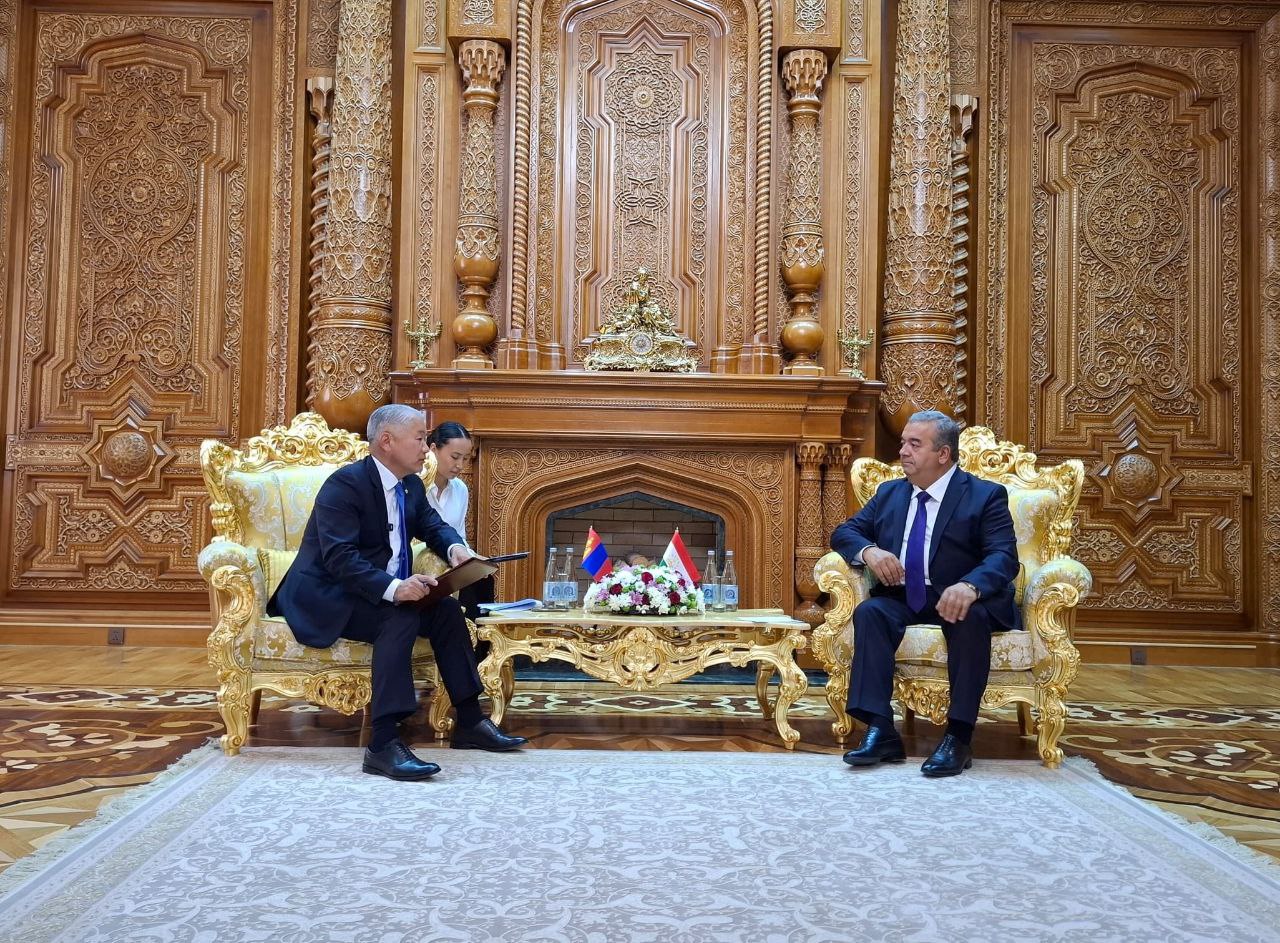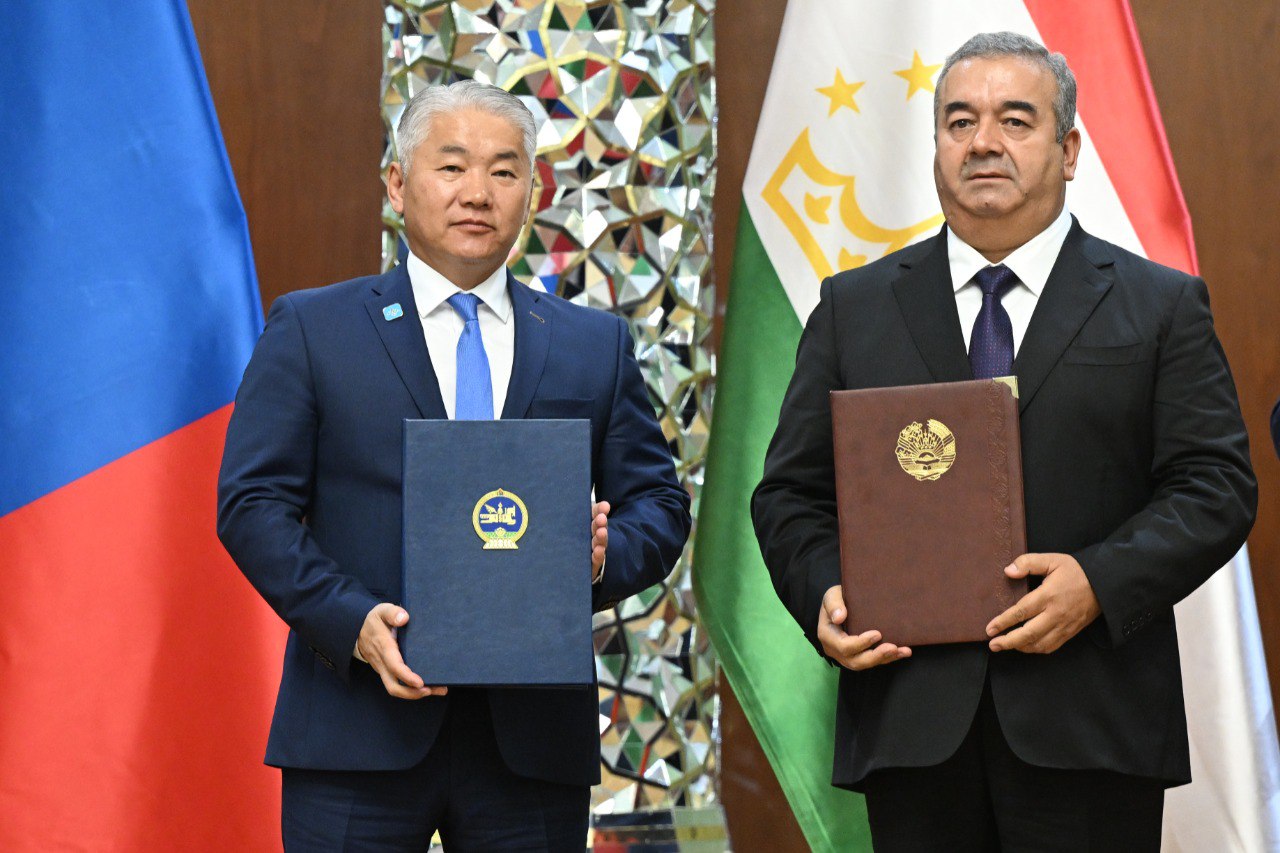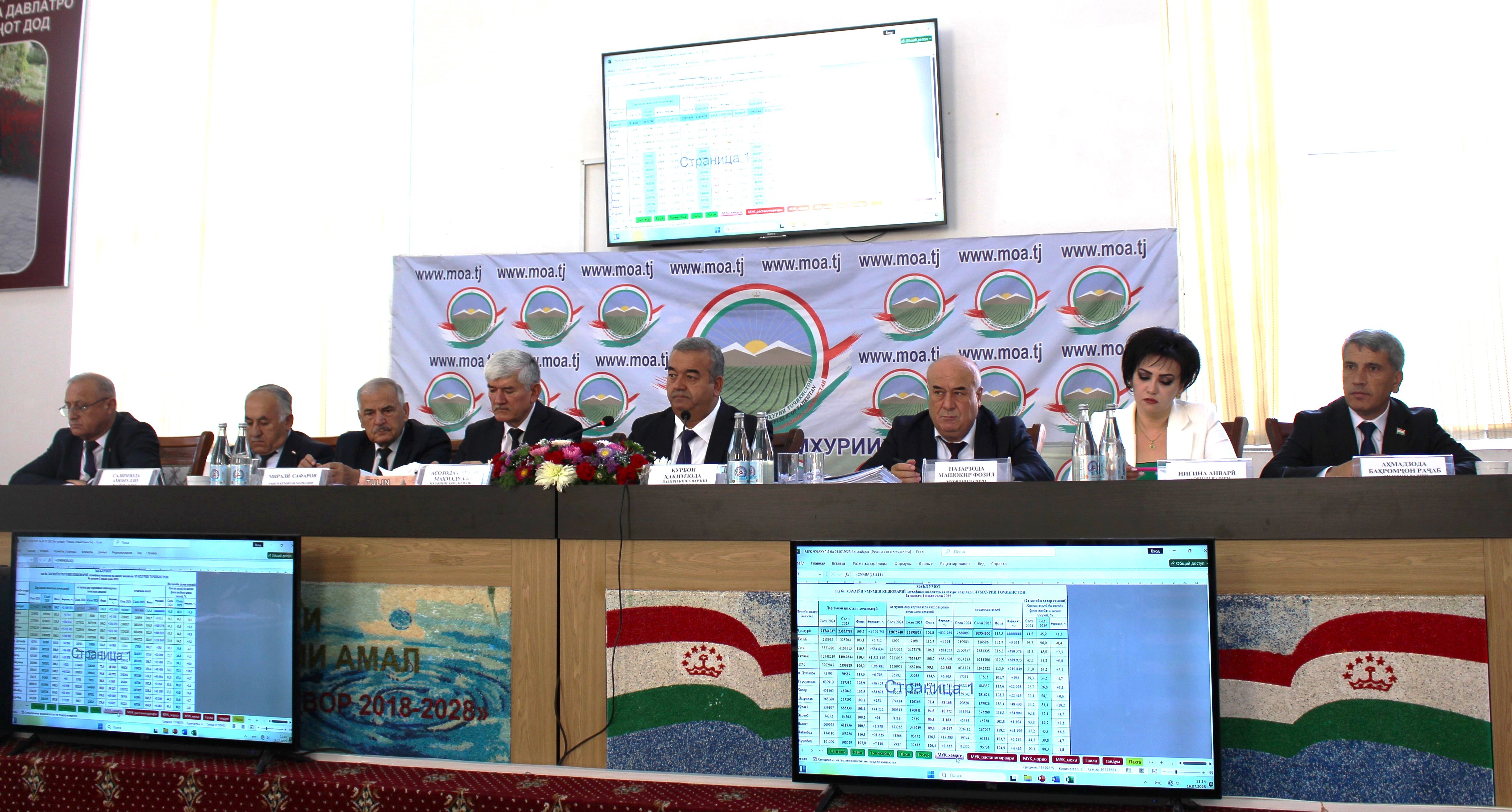Ministry of agriculture of the Republic of Tajikistan
In the USSR, a ministry was created for each agro-industrial direction, which managed enterprises. All enterprises were state-owned. In turn, the ministries were united by the Council of Ministers of the USSR.
The Ministry of Agriculture of the Republic of Tajikistan, at the very beginning of its formation, by the decision of the Protocol of the Revolutionary Committee of the Autonomous Soviet Socialist Republic of Tajikistan, dated December 14, 1924, No. 2, along with eight ministries – People's commissariats of Soviet Tajikistan, was named Ministry of Agriculture of Tajikistan. From that moment until now, the Ministry of Agriculture of the Republic of Tajikistan is in the state structure of Tajikistan. Despite the fact that the name of the Ministry of Agriculture has changed several times, for example: the Ministry of Agriculture, the State Agro—Industrial Committee, the Ministry of Agriculture and Land Reform and others, they had the same goals and objectives - ensuring the development of the agricultural sector of the republic. Analyzing the history of the rise of agriculture in Tajikistan, starting from 1924-1929, it can be noted that the country has achieved notable success in a relatively short period, where it is possible to identify the main factors — the establishment of Soviet power and the first agrarian transformations in Tajikistan, land and water reform, the solution of the agrarian issue in the central and south—eastern regions of the republic. The organizational role of the Commissariat of Agriculture was undeniable. The work on the introduction of the agricultural sector into the system was very difficult, but the solution of this task was a requirement of time. The opponents of the new system tried to resist progress by various means, tried to lead the population off the path they had chosen, and provided every possible opposition to the government council. They intimidated the population with the consequences of organizing collective farms, raided administrative and political centers, and killed rural activists. The Commissariat of Agriculture, which was part of the structure of the new Soviet government, carried out a huge organizational and political explanatory work.
Address: Republic of Tajikistan, Dushanbe city, Shamsi Street 5/1
Phone: (+992 37) 235-23-23
General Department: (+992 37) 235-39-15, fax (+992 37) 235-39-14
Email: info@moa.tj
WhatsApp, Telegram: (+992) 783998877




